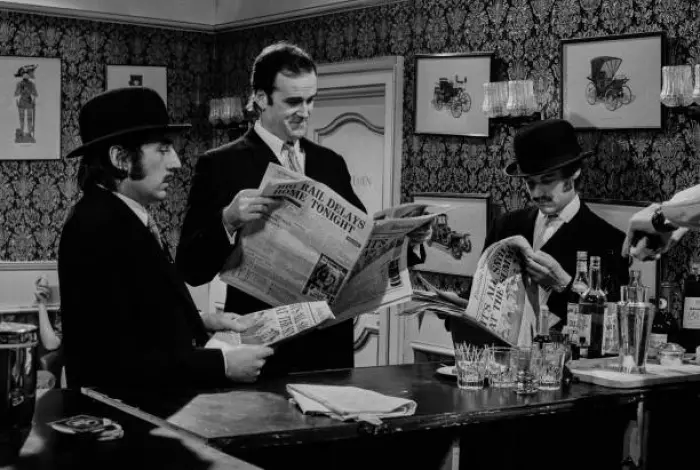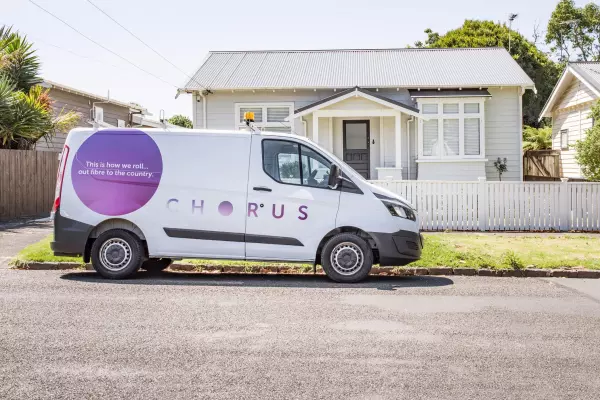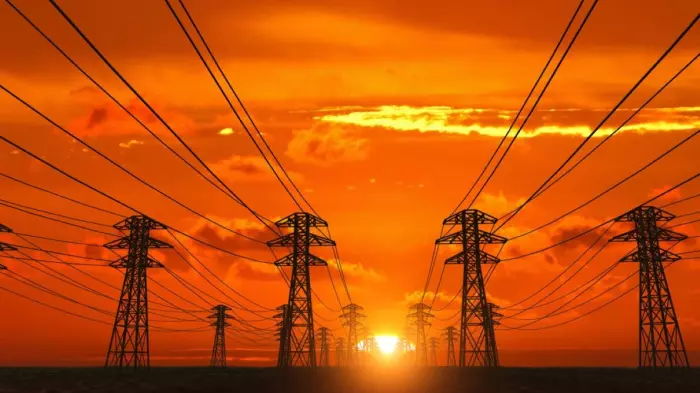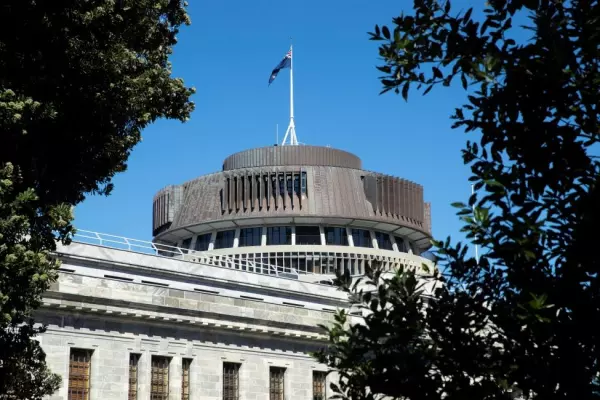Do you know your crown entities from your SOEs? And are the police part of the public service?
These questions and more are answered in our handy guide to the many types of organisations that make up the public sector.
Autonomous crown entity | A type of statutory crown entity that in formal terms must have regard to (as distinct from giving effect to) government policy directions, eg NZ On Air. |
Central agencies | The three departments responsible for coordinating and managing public sector performance – the Public Service Commission, the Department of Prime Minister and Cabinet, and the Treasury. |
Central government | All the organisations that make up the wider state sector, including crown entities as well as the public service. Synonymous with “state sector” or “state services” but not “public sector”, which also includes local government. |
Civil service | An international term, particularly used in the UK, that is equivalent to NZ’s public service. In other countries, the term “public service” has a much wider in scope than as used in NZ, and can be synonymous with the entire public sector. |
Crown | It usually describes executive government as conducted by ministers and their departments. More generally it refers to the enduring institutions and obligations of successive NZ governments as opposed to the government of the day. |
Crown agents | The crown entities that are most closely subject to ministerial control. In formal terms they must give effect to (as distinct from having regard to) government policy, eg Waka Kotahi NZ Transport Agency. |
Crown entities | Public bodies that are legally separate from the crown, operating at arm’s length from ministers by reporting to a board. Ministers have influence through board appointments, setting policy directions and funding levels, and monitoring entity performance. There are seven kinds – crown agents, autonomous crown entities, independent crown entities, crown entity companies, crown entity subsidiaries, tertiary institutions and school boards of trustees. |
Crown entity companies | crown-owned companies (and their subsidiaries) that are subject to the Crown Entities Act, rather than the State-owned Enterprises Act, and therefore are not run as fully commercial businesses, eg TVNZ. |
Departmental agencies | Eight smaller public service agencies that are hosted within a public service department but have their own chief executive and direct reporting line to a minister, eg the National Emergency Management Agency is hosted by DPMC. |
Executive | The executive branch of government is made up of ministers of the crown supported by government agencies. Together with the legislature (parliament) and the judiciary, it is one of the three distinct branches of government that act independently of, and provide a check on, each other. |
Independent crown entities | Crown entities that are generally independent of government policy, eg the Commerce Commission. |
Mixed ownership model companies | Three former state-owned enterprises that have a minority private shareholding listed on the NZX. |
Non-public service departments | There are five of these. Three (Police, NZ Defence Force and the Parliamentary Counsel’s Office) are part of the executive, but remain independent of ministerial control. The other two (Office of the Clerk and Parliamentary Services) are part of the legislative branch. |
Offices of Parliament | The Office of the Controller and Auditor-General, the Parliamentary Commissioner for the Environment, and the Office of the Ombudsmen. They report directly to Parliament as their primary function is to ensure the accountability of the Executive. |
Public Finance Act Schedule 4 organisations | A list of miscellaneous organisations (eg fish and game councils) that are subject to some of the reporting requirements and financial restrictions of the Crown Entities Act. |
Public Finance Act Schedule 4A companies | Unlisted companies which may be partly or fully owned by the Crown (eg City Rail Link Ltd) and which are subject to some of the financial restrictions of the Crown Entities Act. |
Public sector | All central and local government organisations. The current BusinessDesk’ investigation is focused on central government. |
Public service | The inner tier of thirty-two public-service departments and eight departmental agencies that report directly to ministers. It does not include the Police or Defence Force. The Public Service Act 2020 has partly extended the definition to include crown agents, the inner tier of crown entities that have the closest relationship with ministers. The term “public service” has a distinct meaning in NZ that is different to how most countries use it (see “civil service”). |
Public service departments | The thirty-eight (as of October 2023) departments and departmental agencies listed in schedule two of the Public Service Act. Most do not have the word “department” in their name, eg Statistics NZ. Their chief executives report directly to ministers however, they are appointed and employed by the Public Service Commission. |
State-owned enterprises | Companies fully owned by the crown that operate primarily as a commercial business, eg NZ Post. |
State services | All central government organisations: public service departments and departmental agencies, non-public service departments, crown entities, Public Finance Act schedule 4 organisations, Public Finance Act schedule 4A companies, offices of parliament, state-owned enterprises, mixed ownership model companies plus the Reserve Bank, which is in a category all of its own. The full list of organisations is here. |
Do you know something we should know? Email BusinessDesk's public sector investigation team: [email protected].















